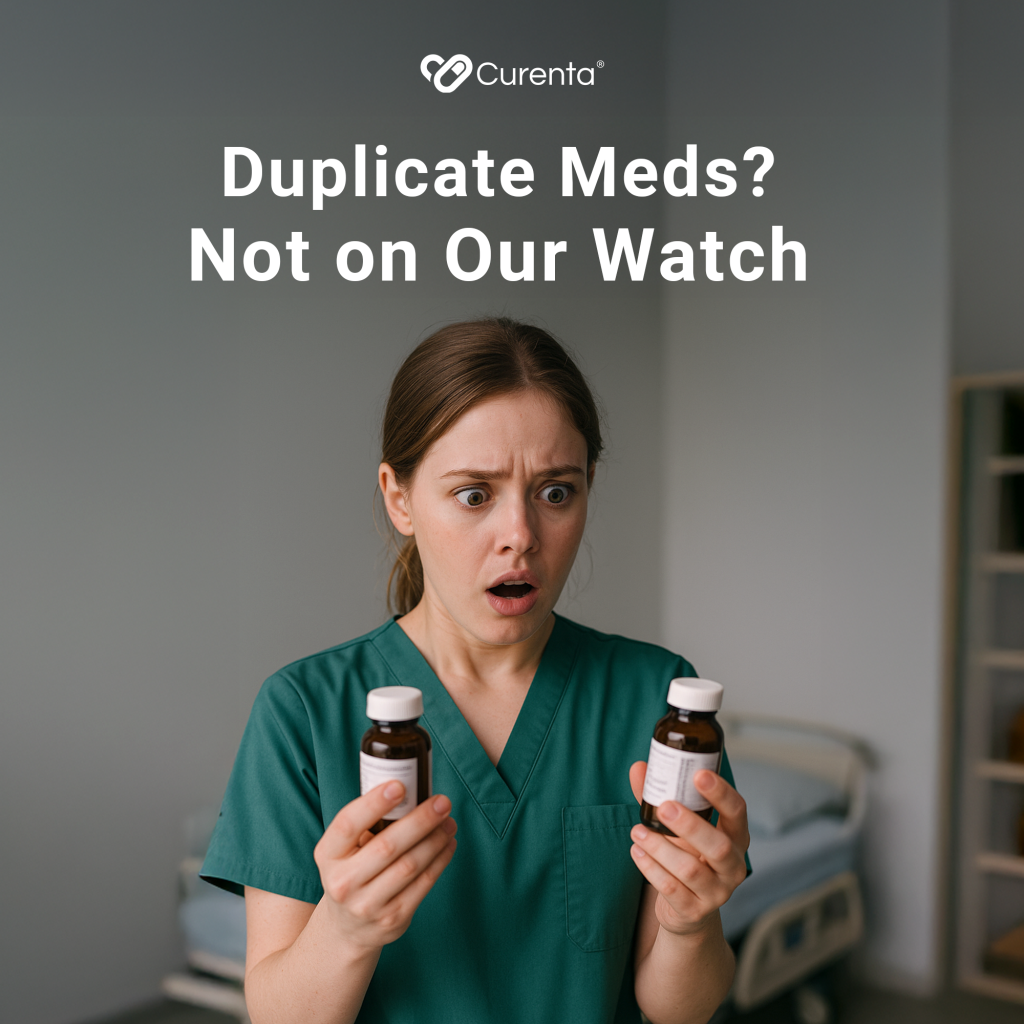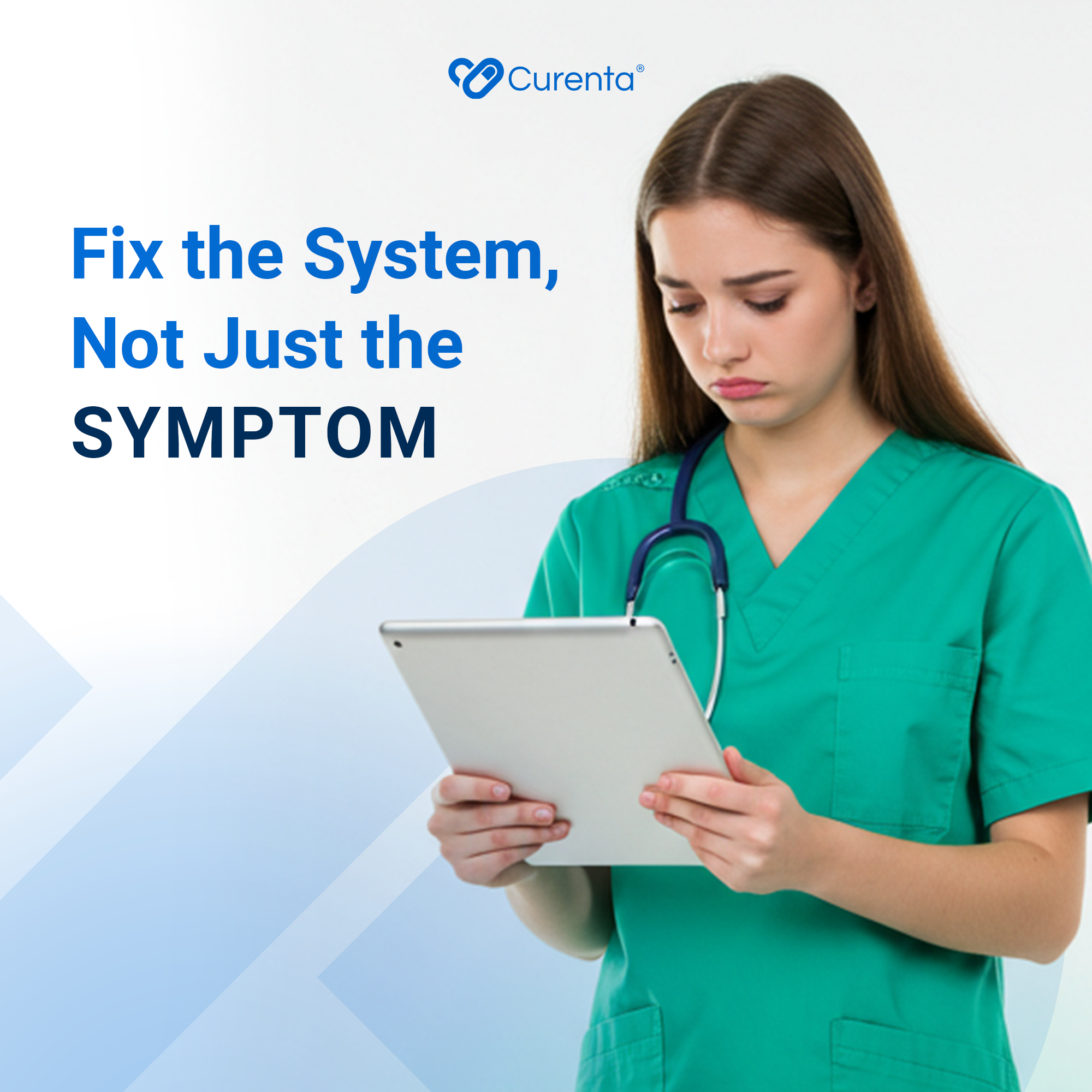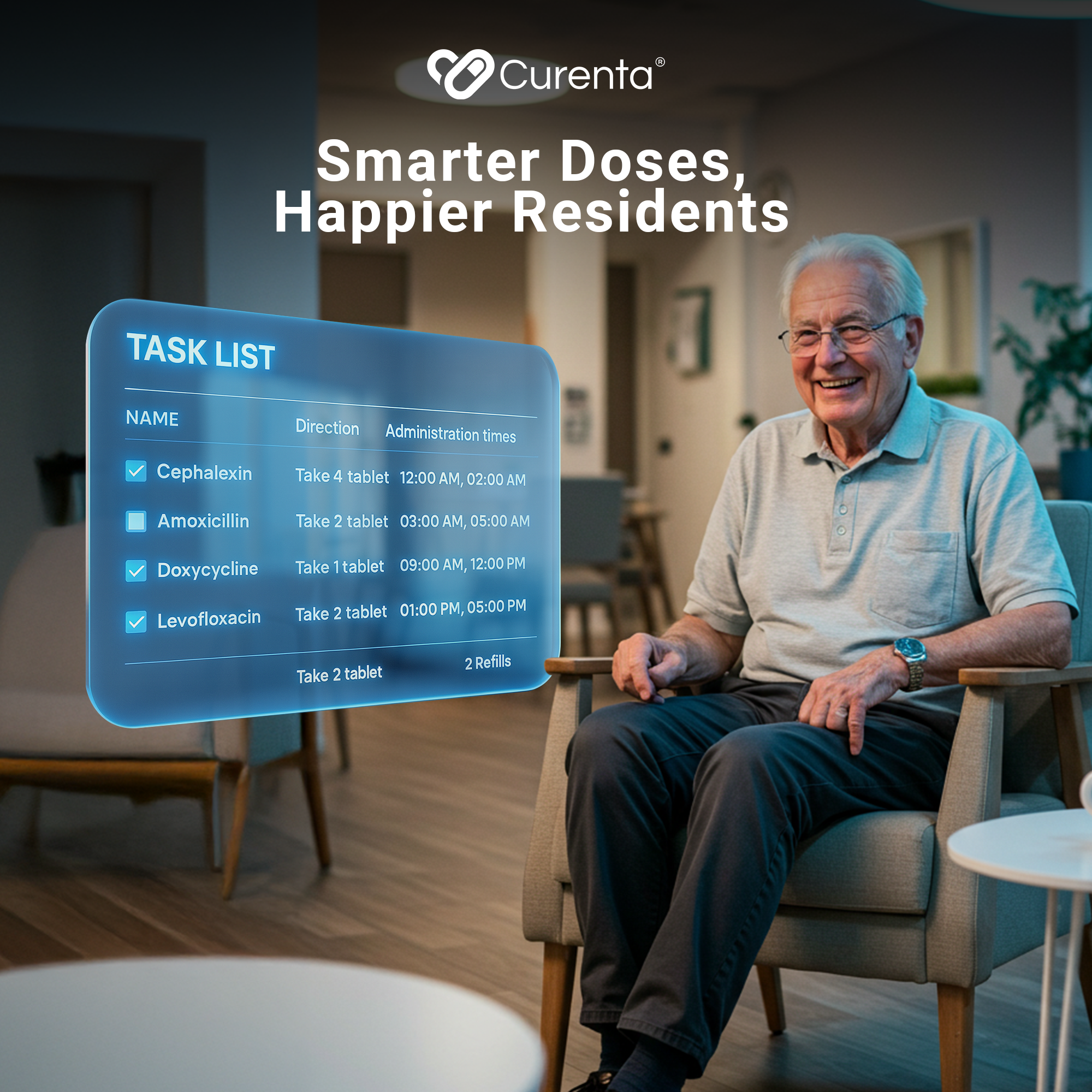Introduction
No matter how strong your team is, mistakes with medications can still happen. Wrong doses, wrong times, or missed meds show up more often than most people want to admit. In assisted living settings, everything moves fast. With multiple residents, changing care plans, and new hires rotating in, the cracks become real. And if your digital tools are slow, buggy, or just confusing, they can make things worse instead of better.
Your electronic medication administration system (eMAR) is supposed to be the net that catches those cracks before they become safety issues. But sometimes, that same system causes more errors than it prevents. Usually, it’s not the tool itself. It’s how it’s set up, maintained, or used that opens the door to mistakes. Let’s break down how these errors happen and what you can realistically do to fix them.
Identifying Common Medication Administration Errors
Errors in med passes can feel like they come out of nowhere, but there’s always a reason. They don’t just appear. They build up from small misses: a nurse misreads a chart, a med doesn’t get logged correctly, or a refill gets missed. It’s rarely one big mess. It’s lots of little details slipping through.
Here are some common medication errors we see repeatedly in assisted living:
– Administering the wrong medication
– Giving the right med at the wrong time
– Missing a dose completely
– Duplicate entries from shift changes or handoffs
– Incorrect documentation of PRN (as-needed) meds
– Outdated or un-synced resident records
Take this example. A night shift aide logs meds on paper because the system is slow. Morning staff enters them all into the eMAR later, but duplicates two entries by mistake. Now the resident’s chart shows two doses when they only got one. That could trigger concern on a med review or lead to an automated alert that causes panic. That’s not a position anyone wants to be in.
Digital systems are built to help with these things, not add confusion. But when tools don’t talk to each other or aren’t updated properly, they create problems of their own. Lag between pharmacy updates and what shows up in your eMAR is one of the most common issues. So is lack of training. If your staff doesn’t know what each icon, field, or alert means, they’re guessing. And guessing doesn’t cut it when you’re giving meds.
Strategies For Fixing Medication Administration Errors
The good news? These problems are fixable. But it takes more than a software update. The right fixes combine smarter system habits, consistent team practices, and better alignment between your care staff and the digital tools in place.
Here’s where to focus:
1. Standardize Your Process
– Set a clear protocol for each med pass shift. Everyone should know how and when meds get logged.
– Align your eMAR with workflows for all staff levels—day shift, night shift, and floaters.
2. Invest in Training
– Everyone should know how to use the eMAR the same way. One helper using checkboxes and another using notes leaves gaps.
– Reinforce training regularly. Don’t just train on day one. Refresh quarterly or when system updates roll out.
3. Keep Your System Updated
– If your data’s out of sync with your pharmacy, you’re flying half blind. Make sure your digital tools sync in real time.
– Check for software issues, slowdowns, or bugs that are impacting daily use.
4. Track and Audit
– Use internal audits at least once a month. Even a 15-minute check can reveal patterns.
– Include night shifts and weekends in spot checks. Errors often spike when fewer staff are on the floor.
5. Build a Feedback Loop
– Create space—either digitally or on paper—where staff can flag issue trends with the med system.
– Small complaints can turn into big wins when they reach the right person.
You can’t eliminate every risk, but you can fix what’s broken and streamline what’s clunky. Don’t wait until there’s an incident report on your desk. Stronger habits now give your team breathing room later.
Benefits Of An Optimized Medication Administration System
Once your medication system actually supports your team’s workflow, things improve fast. You start seeing cleaner records, fewer incident reports, and smoother shift changes. Staff stop scrambling to fix errors and spend more time with residents. You can feel the difference in the room.
One of the biggest gains is consistency. When every dose is logged right and records show up in real time, residents get what they need when they need it. That helps with confidence and care continuity. State surveyors, clinical staff, and even family members stop chasing paperwork. Everyone gets a clearer picture, with no gaps.
Compliance gets easier too. When alert settings are tailored to your workflow, your system helps prevent problems instead of just flagging mistakes after they happen. You get early warning signs. The right system sees what’s late, what’s missing, and what’s trending out of range before it becomes a citation or calls into question your care standards.
And your staff? A clean, well-supported eMAR setup removes friction. Clear labels, faster lookups, quick shift handoffs, and fewer double entries add up. You’re not chasing down details every med pass. Your nurses stop making mental checklists because the system already has.
Smart systems don’t just document the work. They make the work smoother. That’s when teams stop feeling rushed and start feeling supported.
How Curenta Can Help
So where does Curenta fit in? Right at the point where your team is stretched, your tools fall short, and accuracy is non-negotiable.
If you want to cut med errors, simplify documentation, and help your staff work with calm and confidence, your digital system has to keep up. Curenta helps assisted living teams do exactly that. Sync pharmacy data in real time, keep records sharp, and alert your staff before issues snowball. No more flying blind on night shifts or scrambling to explain gaps during audits.
We designed Curenta knowing how unpredictable assisted living can be. From last-minute admits to sudden PRN changes, it handles the chaos and keeps things on track. Not after the fact, but as things happen.
And that’s key: Curenta doesn’t just log tasks. It helps lead them. No workarounds. No chasing updates. Just a steady partner that fits your team’s pace and rhythm.
A Smarter Med Pass Starts Before the First Dose
Errors with medications aren’t always loud right when they happen. But sooner or later, someone sees it. A resident gets the wrong dose. A log doesn’t match. A nurse can’t explain a missed med. That’s when the time to have fixed it was yesterday.
Which is why improving med administration needs to be a consistent priority. The right system gives your team a chance to stay ahead. It supports every shift, syncs when it matters, and never asks your team to guess their way through care delivery.
You’re not just solving a tech issue. You’re reinforcing safe, confident care. That means fewer late-night calls, fewer incident reports, and more time on resident support instead of record correction.
If your current setup feels just good enough, think again. A sharper, synced, and user-minded system changes the day. Every shift, every med pass, every resident interaction.
So what would a less stressful, more accurate med pass look like for your community? Let’s start there.
Ready to bring clarity and reduce med errors in your assisted living facility? An electronic medication administration system can streamline your workflows and improve resident care. Learn how Curenta helps care teams reduce confusion, stay compliant, and focus more on residents by exploring our electronic medication administration system. What’s one change you’d make today to make med passes easier tomorrow?


